Like your personal habitat, the aquatic habitat inside your house can also face the adverse effects of frigid frost if not prepared.
Putting extra effort into pond winterizing will save your fish while they are dormant. Moreover, it will also save your wallet from unwanted maintenance costs in the next season. Sometimes, the cold can hit suddenly, so you must plan the precautionary regime accordingly to avoid any hassles later.
We have rounded up a simple guide for you to prepare your aquatic garden to withstand its harshness before the days become shorter.
How to Winterize Your Pond? A Step-by-Step Guide
Putting your water garden or pond to rest is a time-consuming task. However, winterizing a pond is essential for maintaining good-quality marine habitats in your home. Here is our step-by-step guide to help you with this project and make it less arduous for you.
Step 1: Preparing to Winterize a Pond
Once the winds start feeling a little chilly, set down to winterize your pond.
The first step is to use a pond rake or pond vacuums clean the debris, fallen leaves, and other organic material accumulated over the months. Then, pull the plantings out and prune them to remove all the dead foliage.
Decomposing organic matter releases toxic gases that can lead to fish death. So, access the pump and pond filter for a thorough cleanup, too. If your pond has in-pond ion clarifiers, disconnect them and have them drained.
Step 2: Add Seasonal Defense
Cold water bacteria can work at temperatures as low as 32 degrees Fahrenheit. So, they will keep your pond clean and prevent the toxic gas buildup under the water throughout the winter.
It is a crucial step in pond winterizing, as it helps break down fish waste and debris, keeping the water clean. Besides, cold water bacteria will dramatically reduce your spring maintenance efforts by digesting more than half of the debris in an attempt to maintain water clarity.
Step 3: Protect Waterfalls and Fountains

In case your pond has additional equipment like waterfalls or skimmers, disconnect their pump and let the water drain out.
Remove the fountain attachments, waterfall tubing, and every other part that stands above the surface of the water. These components are vulnerable to damage in winter when the water freezes inside them.
If you do not want to detach and store them away, make sure to drain them to prevent cracking as water freezes and thaws during the season. In such a situation, you must also lower your pond levels using a submersible pump or a drain hose.
Step 4: Cover Your Pond

The last step to pond winterizing is putting a pond cover or a net over the water.
Once your water is clean and your fish has settled down, it is time to lock everything in place. This way, the shedding leaves will not harm your pond by causing a buildup. You can simply roll up the covering, discard the leaves, and cover the water again.
If you are wintering a pond with fish, a net can act as protection for these water creatures from predators.
How to Winterize a Pond for Winter with Fish?
It is sad to bid your water friends goodbye until the next season. However, you can be confident about meeting them healthy and happy by properly putting your wintering pond to sleep.
1. Install an Aeration Kit
If you have not installed an aerator in your pond already, add it to your list for winterizing the pond.
Aeration systems prevent harmful gases from being trapped under the water. They keep your pond creatures alive by maintaining healthy oxygen levels inside the water during winter.
Having these devices installed in a shallower part of a pond will leave an undisturbed area for the fish at the bottom. The fish can gather there on the days when it is too cold to stay near the surface of the water.
2. Change the Fish Diet Plan
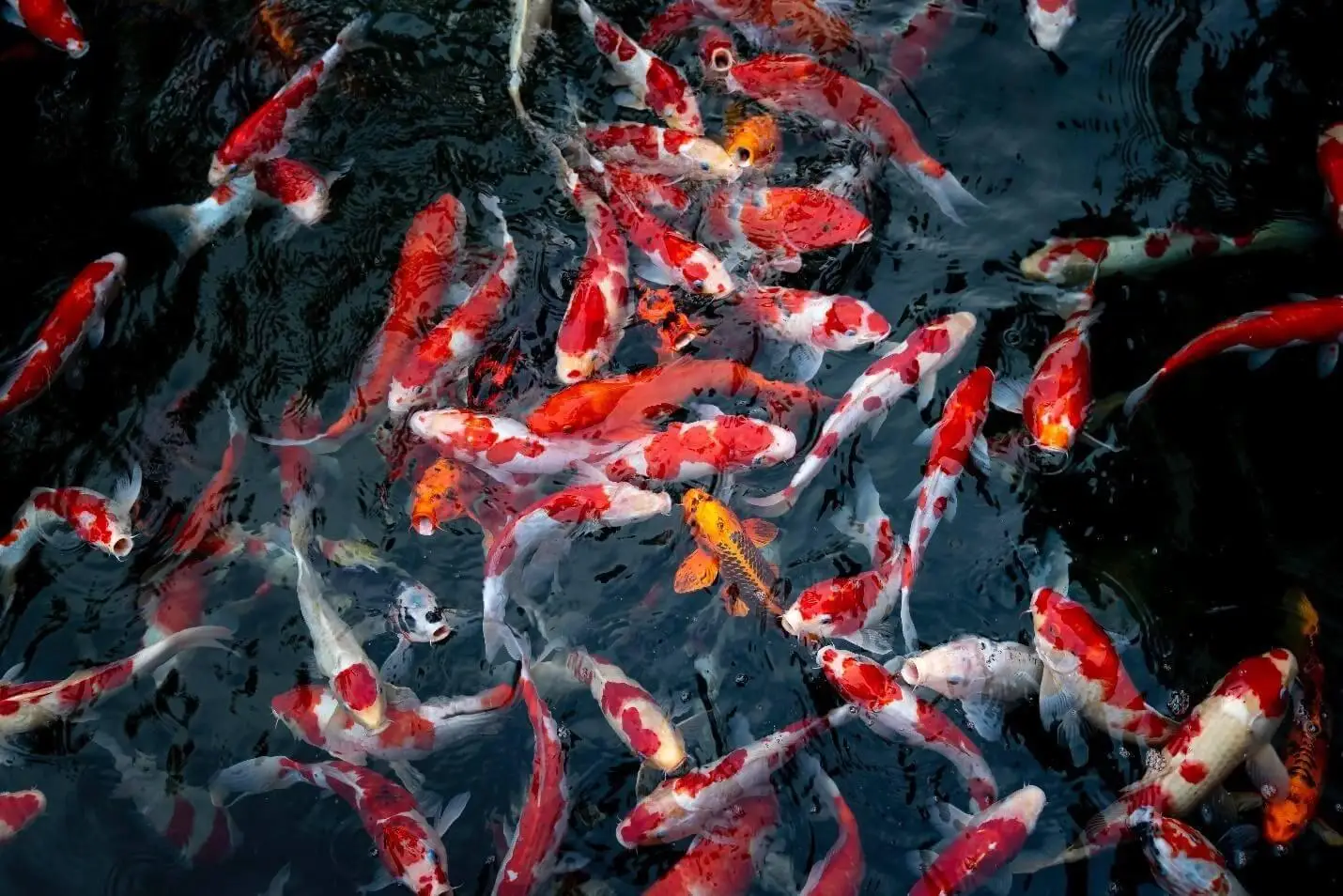
As a part of winterizing the pond, make necessary preparations to keep your water creatures fed.
Remember, fish metabolism slows down as mercury readings drop below 60 degrees Fahrenheit. When water temperatures fall below 50 degrees Fahrenheit, feed your fish three times a week with a diet that they can consume within five minutes.
Resort to a wheat-germ fish diet as it is easier to consume and digest during cold days. Moreover, it will help sustain your fish until they hibernate and also during their winter slumber.
However, stop providing them with food entirely if the temperature plummets below 40 degrees Fahrenheit.
3. Add a Fish Pond Heater or a De-icer
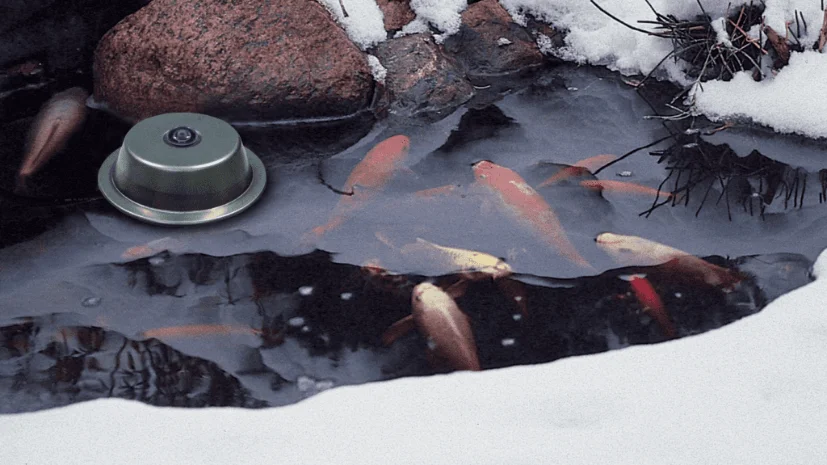
As the temperature plummets, a thick layer of ice covers the surface of the water. Consequently, there is no way left for the water to exchange gases with the external environment. Water animals and plants consume the already-available oxygen, eventually leading to a pond kill.
In such circumstances, installing a de-icer or a fish pond heater can come in handy. These devices will maintain the temperature of your pond and ensure a hole stays open in the ice. Hence, your fish will not suffocate to death during their winter slumber inside your wintering pond.
How to Winterize a Pond Fountain?
While metal contracts under cold temperatures, water expands when it freezes. These opposing forces can not only put a strain on your fancy water fountain but also your spring maintenance budget.
1. Discharging Water
The number one way to protect the fountain of your wintering pond is to drain it completely.
You can drain your fountain by attaching a tubing to the outlet of your fountain pump. Empty the fountain by placing the pump in the lowest basin and quickly inserting the tubing into a flower bed. If you feel some water is still left, use a towel or an absorbent material to dry the fountain.
2. Storing Your Fountain Pump
After emptying the fountain, quickly scan for lime-scale accumulation, algae, or other buildup.
Pick out debris with a brush and a cleaning solution, but do not use any harsh chemicals. Place your fountain pump inside a bucket of fresh water and store it indoors where it does not freeze. The goal is to protect the material from cracking as the water thaws and freezes during cold days.
How to Winterize a Pond Pump?
No matter where you live, it only takes a single good cold snap to damage your water pump entirely. Above all, the warranty does not cover the damage; you pay for the mess. Here is how to winterize a pond pump to avoid any catastrophic damage to cover in the next season:
1. Open the Drain Plug
Just like a water fountain, water evacuation is the first step to winterizing a pond. Locate and open its drain plug plug to ensure all the water flows out. Similarly, drain the suction lines and discharge as much water as possible.
The water that stays inside the pump can freeze over the winter, causing damage to the system and yielding higher spring maintenance costs.
2. Dry Out the Tubings
You can also use food-grade propylene glycol to drain the water and prevent the system from freezing in cold. You can use any synthetic liquid that absorbs water and dehydrates the pump. After emptying the water, use an air compressor to blow out the discharge from the tubings, pipes, or any other part of the pump.
FAQs About Pond Winterizing
1. When should I winterize my fish pond?
It is essential to keep the pond’s temperature in mind for the fish to survive in optimal conditions. Winterizing the fish pond must be done in late autumn before the severe temperature of winter sets in. The temperature of the pond, if it reaches 50 degrees Fahrenheit (10 degrees Celsius), is a sign to start winterizing your fish pond before it hits freezing temperature.
2. Should I leave water in my pond over winter?
To provide insulation to fish and microorganisms and to prevent the pond from freezing completely, it is recommended to leave some water in the pond. You can bring down the pond’s water level to avoid overflowing due to ice; hence, a depth of about 18-24 inches of water in the pond is necessary to prevent complete freezing of the pond. But leaving the pond can ultimately harm aquatic life.
3. Should I cover my pond in winter?
Covering the pond in winter can help prevent debris, excessive cooling, and fish predation risk. Use a net or mesh cover to protect the fish pond. And simultaneously allow unwanted gases to escape while allowing airflow. It also helps provide insulation to the fish pond, benefiting the aquatic life.
4. How cold does it have to be for a pond to freeze?
Ponds are at a greater risk of freezing when the temperature consistently drops below 32oF (0oC). The depth, size of the pond, and the climate conditions impact the freezing process. Moreover, if no water flow or any insulation is provided to the pool, it will start to freeze. Use measures like a de-icer or aerator to prevent such freezing of ponds in winter.
5. When should I turn my pond pump off for winter?
Before the freezing temperature sets in, I.e., below 50 degrees Fahrenheit (10 degrees Celsius), it is recommended to turn off the pond pump. The winterizing process is congruent with when you should turn your pond pump off in late autumn. After turning it off, remove the pump from the pond to avoid any future damage. The pump is not turned off, which leads to fish being inactive and in a semi-hibernation state.
Summing Up
With the winter beginning its annual journey toward us, pond winterizing becomes more and more inevitable. Your pond calls for your attention just like every other mechanical or electrical system in your house.
The time you start preparing your aquatic garden to withstand the cold depends on your region. You can go by a rule of thumb and begin the process as soon as the mercury levels plummet to 60 degrees Fahrenheit.
By following our simple step-by-step guide, you can complete the arduous tasks of winterizing a pond within a few hours. VEVOR has made the task even more convenient by offering all the required tools and supplies at the best prices.

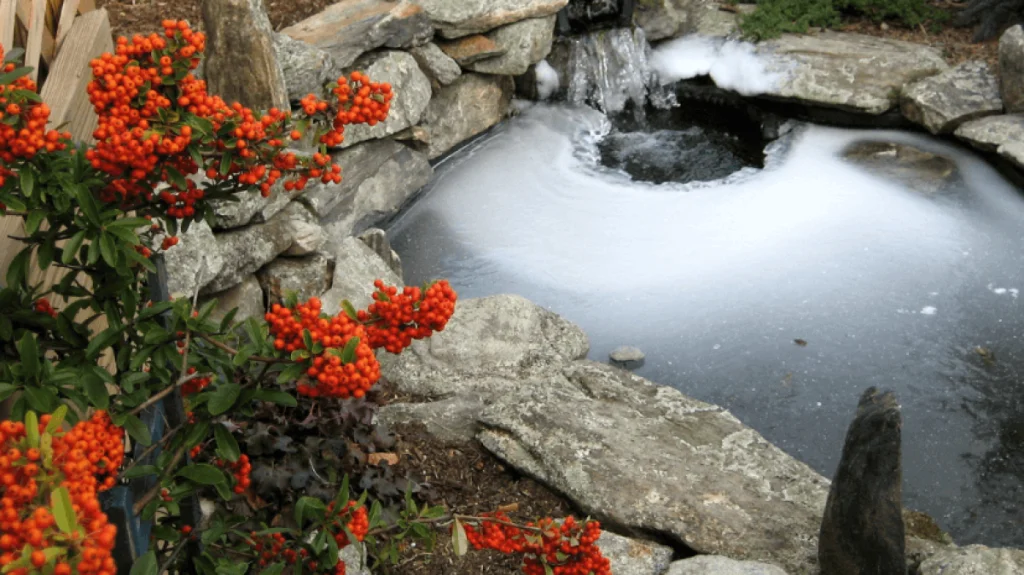
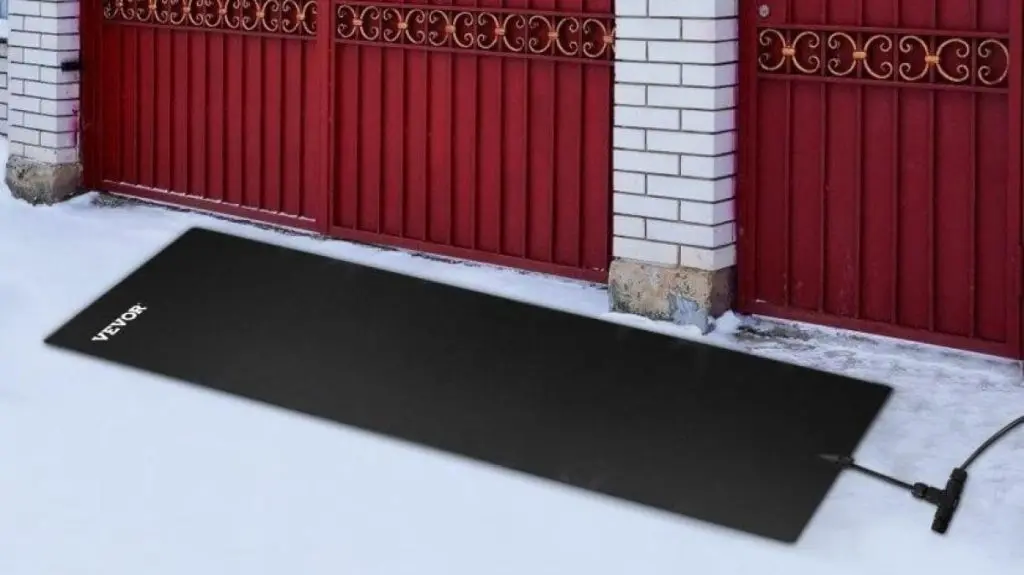



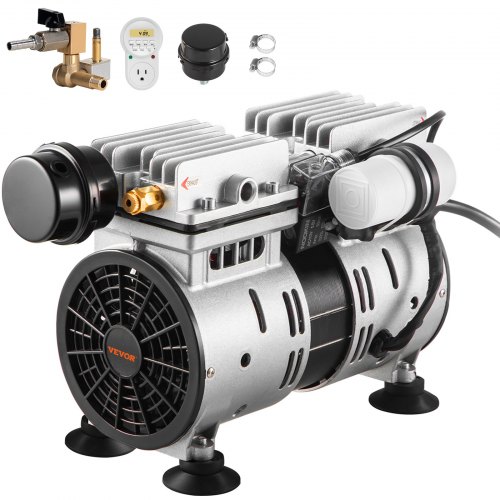
 Arabic
Arabic Danish
Danish Dutch
Dutch English
English Finnish
Finnish French
French German
German Hungarian
Hungarian Italian
Italian Norwegian
Norwegian Portuguese
Portuguese Romanian
Romanian Russian
Russian Slovak
Slovak Spanish
Spanish Swedish
Swedish